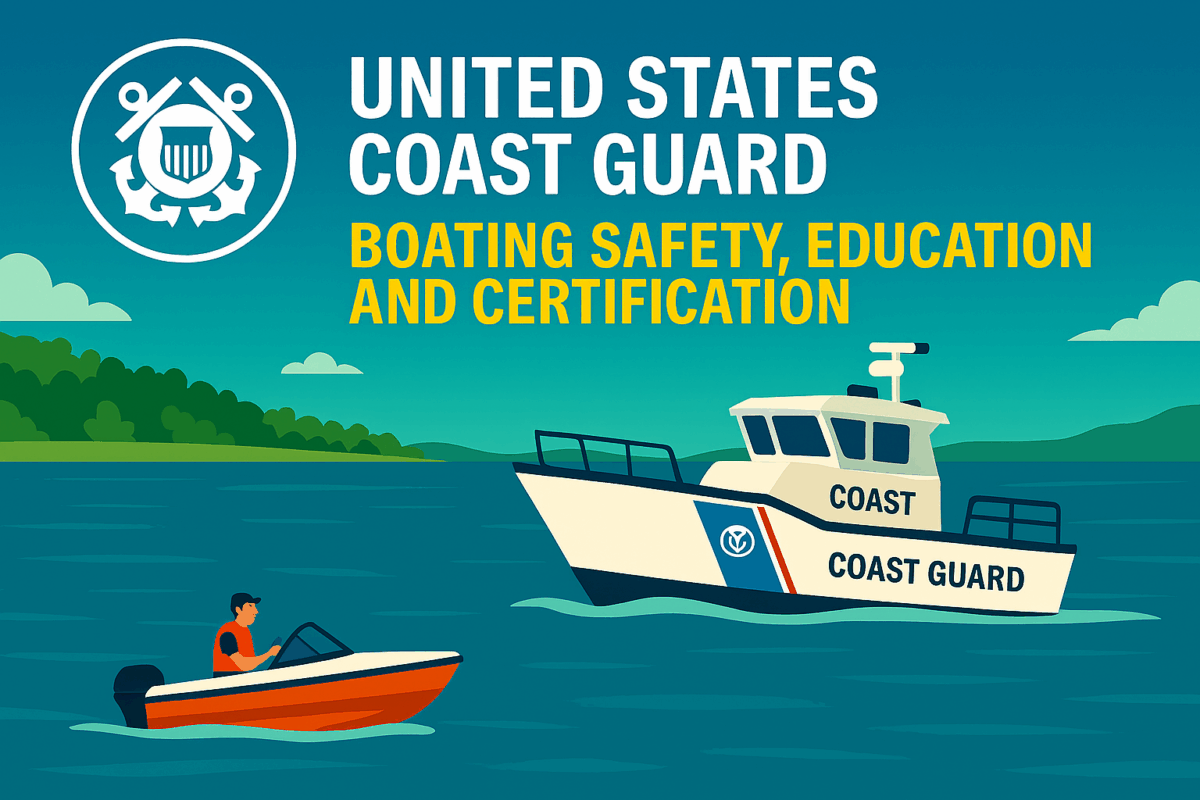Call: 1-800-832-7191

USCG Federal Requirements Guide
Navigating Compliance with the USCG Federal Requirements Guide
Boaters must understand the rules before heading out, and the USCG Federal Requirements Guide makes that easier than ever. This essential resource outlines minimum safety standards for recreational vessels operating in U.S. waters. Because regulations vary by vessel size and type, the guide helps boaters identify what equipment and documentation they need. From life jackets to fire extinguishers, every item listed serves a critical safety purpose.
Moreover, the guide includes updates on new laws, such as engine cut-off switch requirements and pollution control measures.
Equipment Essentials for Every Vessel
Every boat must carry specific safety equipment, depending on its length and propulsion system. For example, vessels over 16 feet must include a throwable flotation device in addition to wearable life jackets. Additionally, boats operating at night must carry visual distress signals. These requirements ensure visibility and preparedness during emergencies.
Because safety depends on readiness, boaters should inspect gear regularly. The guide also explains how to meet ventilation, flame control, and sound signal standards.
Operational Rules and Responsibilities
Beyond equipment, the USCG Federal Requirements Guide outlines operational responsibilities for boaters. Operators must follow navigation rules, display proper lighting, and carry valid registration. Furthermore, the guide details procedures for accident reporting and interactions with law enforcement. These sections help boaters avoid fines and ensure smooth communication during inspections.
In addition, the guide emphasizes responsible behavior, including avoiding negligent operation and boating under the influence. Following these rules protects lives and preserves access to public waterways.
Promoting Awareness of the USCG Federal Requirements Guide
Boating instructors, marinas, and clubs should distribute the USCG Federal Requirements Guide during safety courses and outreach events. Posting links online and sharing printed copies at launch sites increases visibility. Because many boaters are unaware of specific rules, education plays a vital role in compliance.
Social media campaigns and newsletters also help spread the word. By promoting the guide, communities encourage safer boating and reduce preventable incidents. Ultimately, informed boaters make better decisions and contribute to a culture of safety.
